Chumstick Restoration
Landowners work toward a healthy Chumstick
Beginning in the summer of 2016, Cascadia started working with landowners about eight miles up the Chumstick on a series of projects to improve stream water quality. The work included:
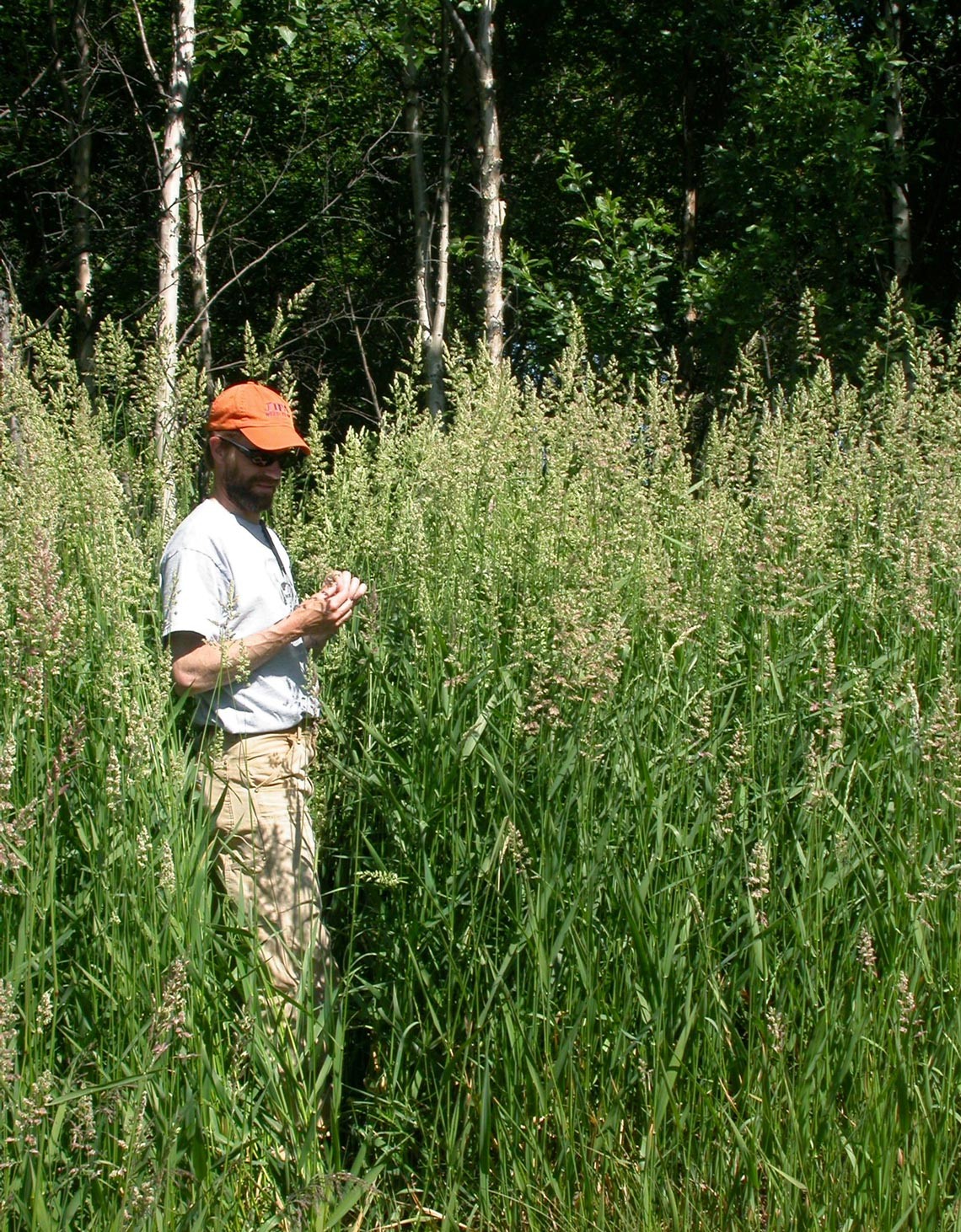
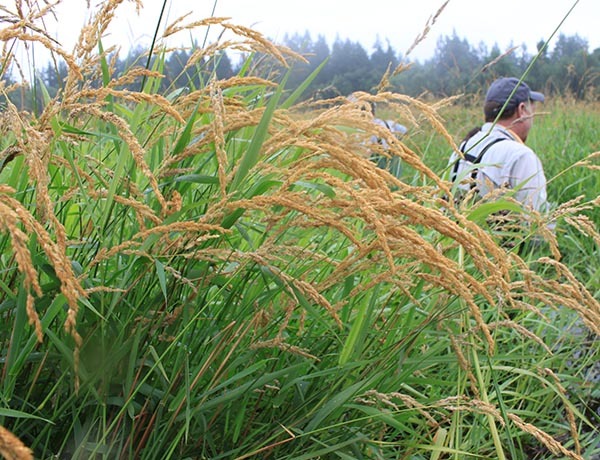
Removing Noxious Weeds
Noxious weeds outcompete native plants and can be dangerous to livestock health. Areas of the Chumstick are dominated by Reed Canary grass, which is a major threat to natural wetlands. It crowds out most native species as it forms large, single-species stands of grass that can reach three to six feet in height.
Planting Native Vegetation
Native vegetation is adapted to the local climate and soil conditions. These plants are tolerant of drought and extreme temperatures and are naturally resistant to most local pests and diseases. Native plants in the riparian area enhance habitat and provide food and shelter for a variety of insects, amphibians, reptiles, songbirds, mammals, and fish. They also protect the streambank and shoreline from the erosive forces of moving water. The deep, extensive root structure of native grasses, shrubs, and trees prevent erosion and undercutting of banks. By slowing runoff, trapping sediments, and increasing absorption, these plants act as a living filter to protect water quality.
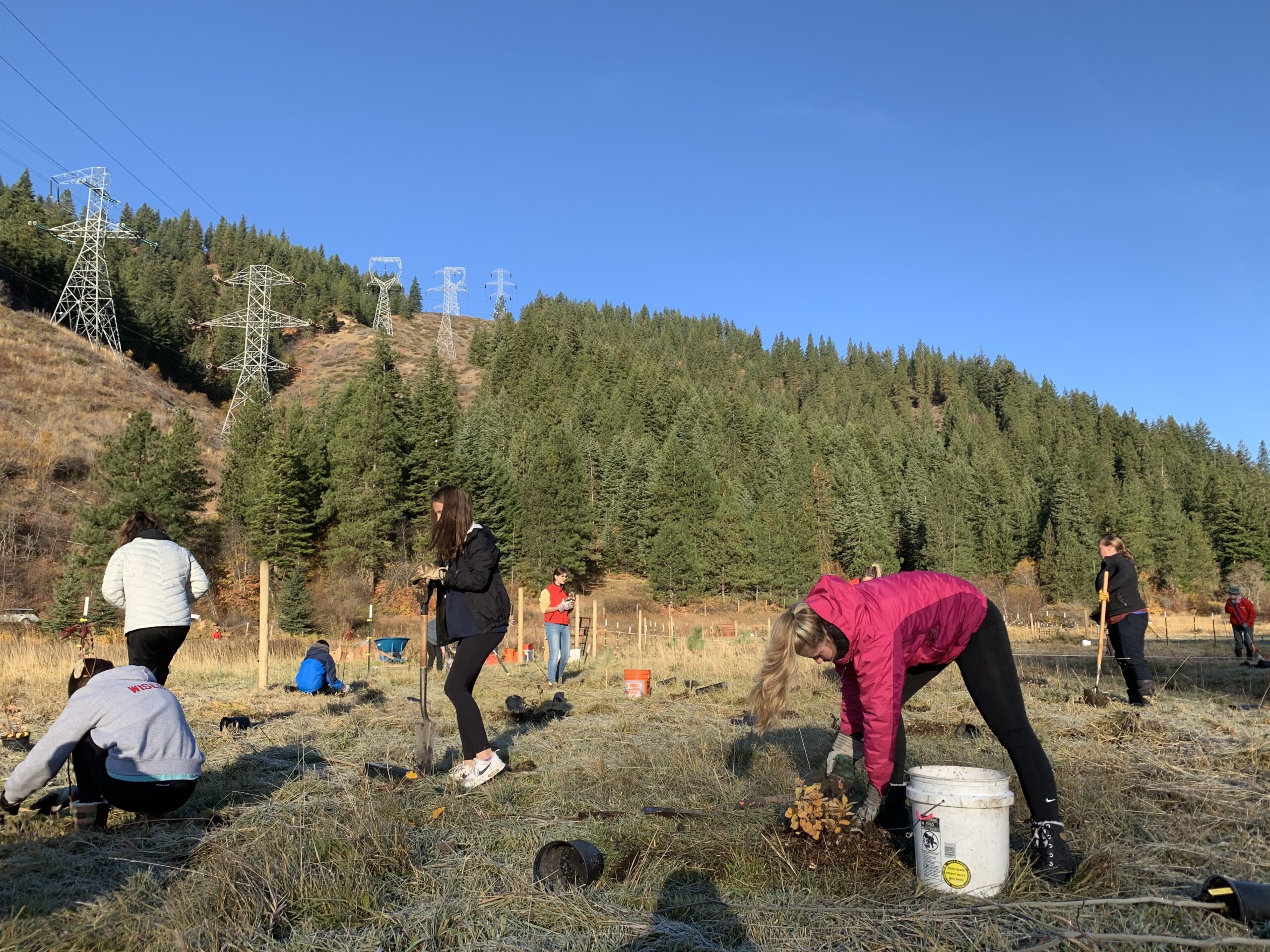
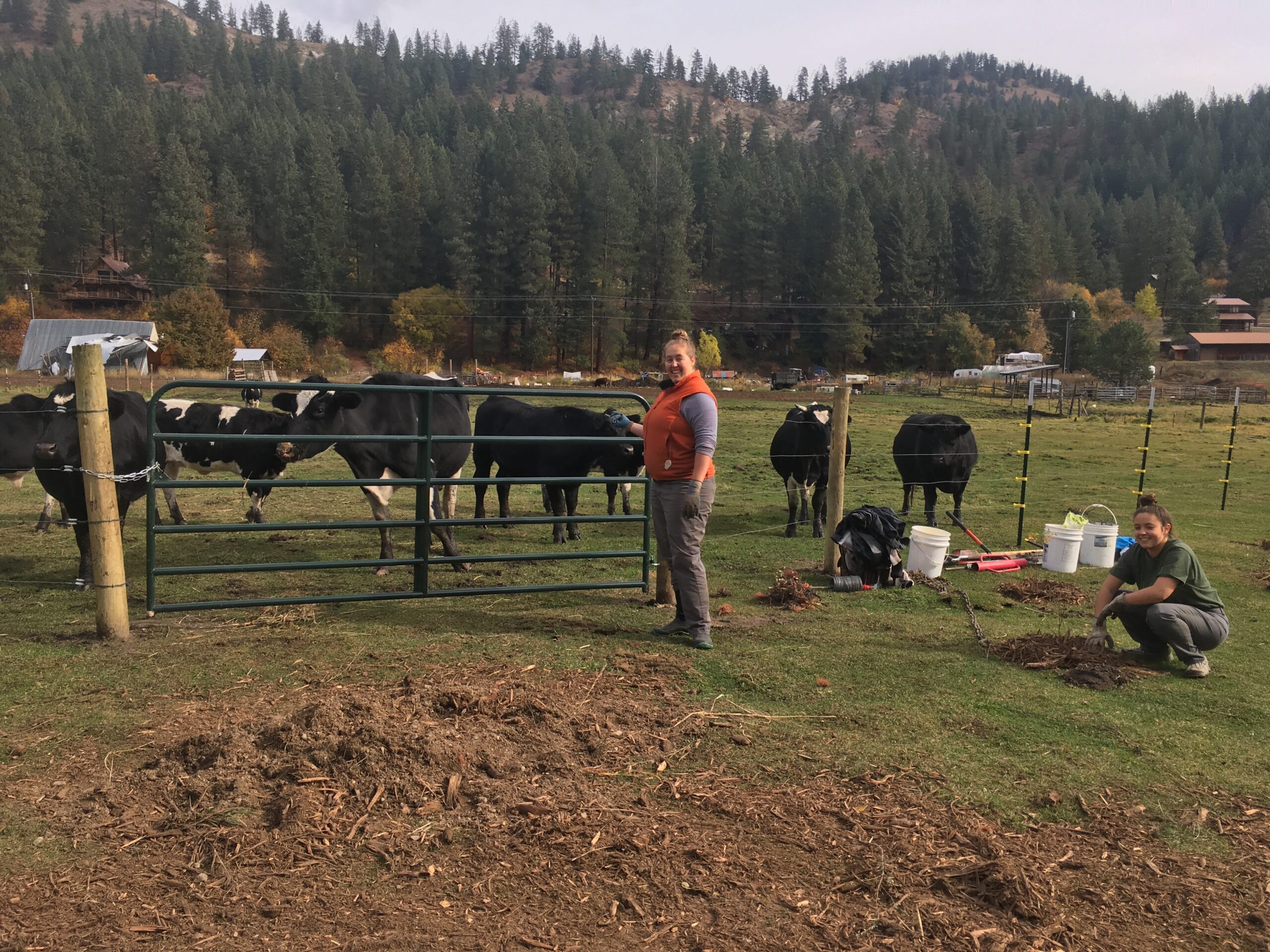
Installing Livestock Fencing
Restricting livestock access to the creek improves stream health. When livestock are allowed access, they trample and erode stream bottoms, stream banks, and streamside vegetation as they seek water to cool themselves and drink. This increases sediment erosion and nutrient runoff while increasing water temperature. The direct deposit of feces and urine also contributes to nutrient pollution and high bacteria counts in the waterways. Fencing and alternative watering sources provide for livestock needs while protecting other users of the waterway. Prior to installing this fencing, the owner reported their cows were “destroying the creek and it was a constant battle to keep them out.”
Installing Beaver Dam Analogs
Beaver dam analogs (BDAs) are channel-spanning structures that mimic or reinforce natural beaver dams. BDAs used to restore incised channels can improve stream and riparian habitat, improve water quality (e.g., reduce excess sediment and nutrient loads), reduce stream temperatures in the summer, and improve natural seasonal groundwater storage in shallow alluvial aquifers.
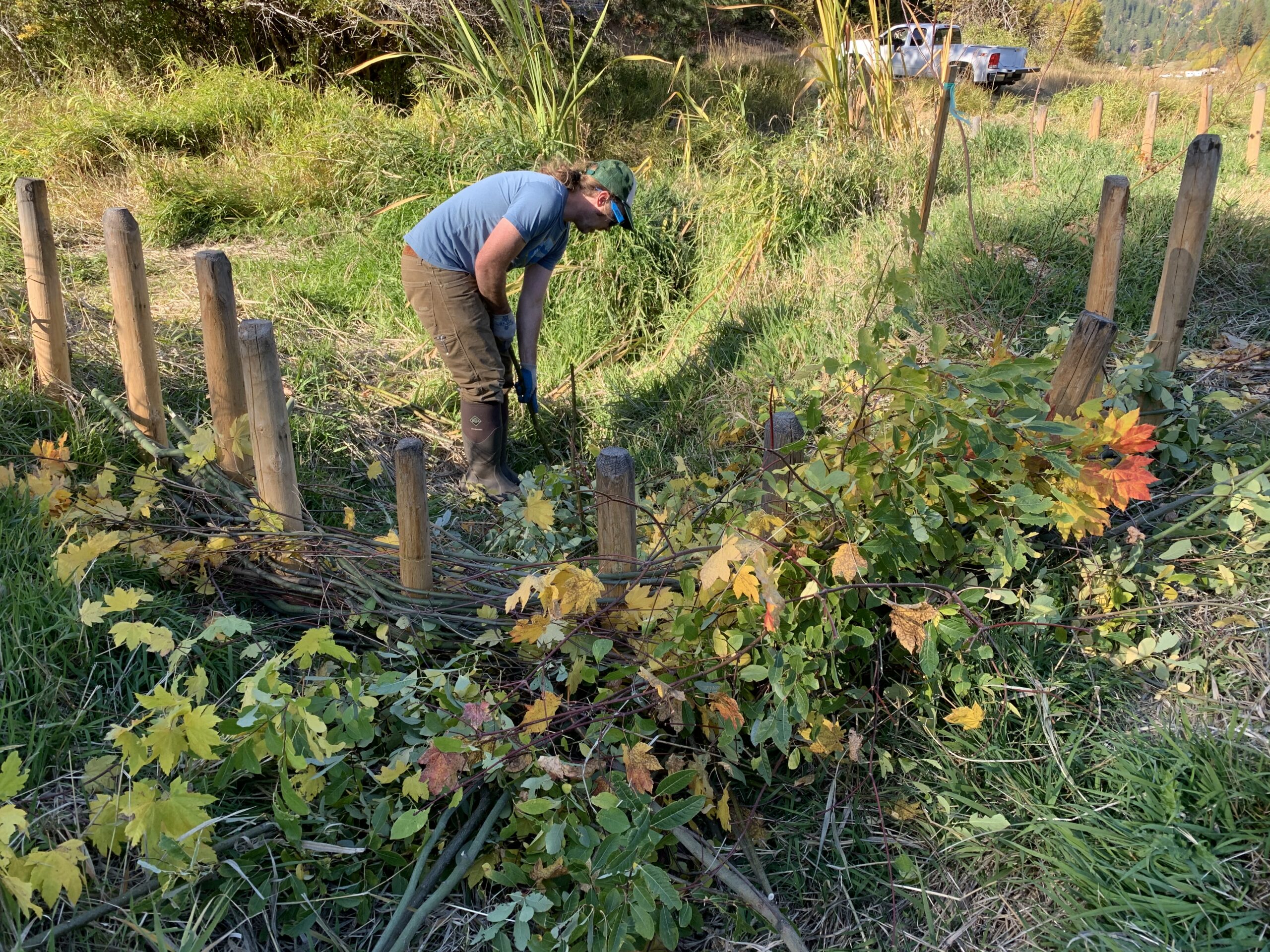
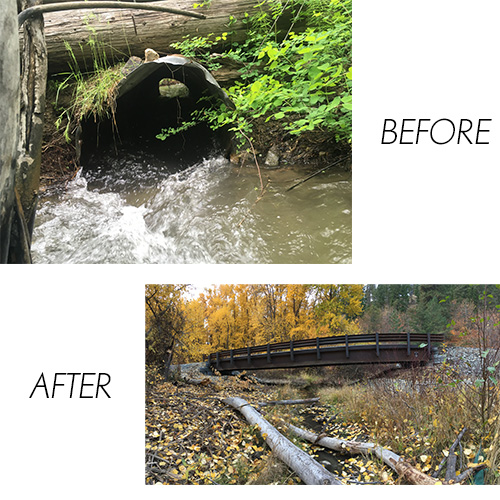
Removing Barriers
We are working to remove barriers to fish in the stream, such as culverts, dams, or diversions. The structures often block salmon and steelhead from swimming upstream to their spawning, rearing, and overwintering habitat.
In Fall 2019 students from the Key Club at Cascade High School and volunteers from the Washington Native Plant Society installed plants, while Troop 7 Eagle Scouts from Leavenworth moved 10 yards of mulch to surround and protect each plant.
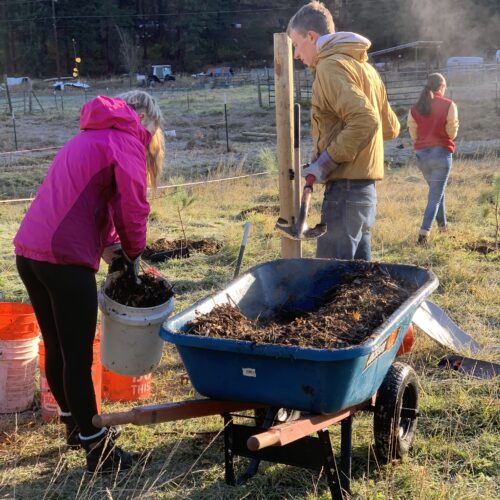
Beaver-Powered Restoration Presentation:
Michael Dello Russo of Trout Unlimited and Alex Harwell of Cascadia Conservation District will team up to tell us about the Wenatchee-Entiat Beaver Project! The Project provides education and outreach to manage human-beaver conflicts, relocates beavers, and constructs beaver dam analogs to restore aquatic and riparian environments in Central Washington. In Fall 2020 Cascadia installed 8 BDAs, 500 feet of livestock exclusion fencing, and 3,500 native plants, including Aspen, dogwood, willow, rose, and chokecherry about 8 miles north of Leavenworth. See below for videos of these types of projects.
Cascadia continues to have funding for these types of projects, so if you are interested please let us know and we will come to do a site visit with you to discuss options!
